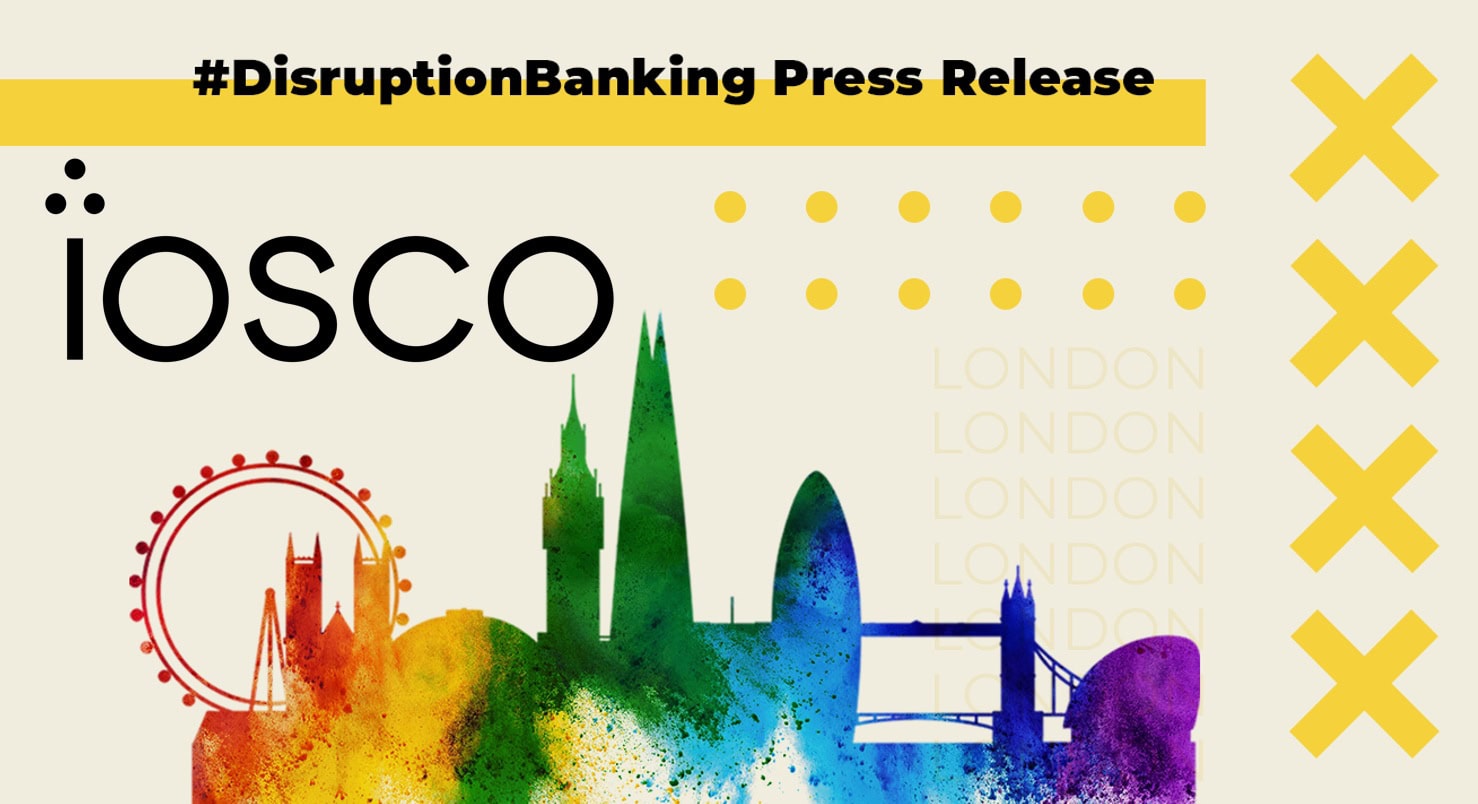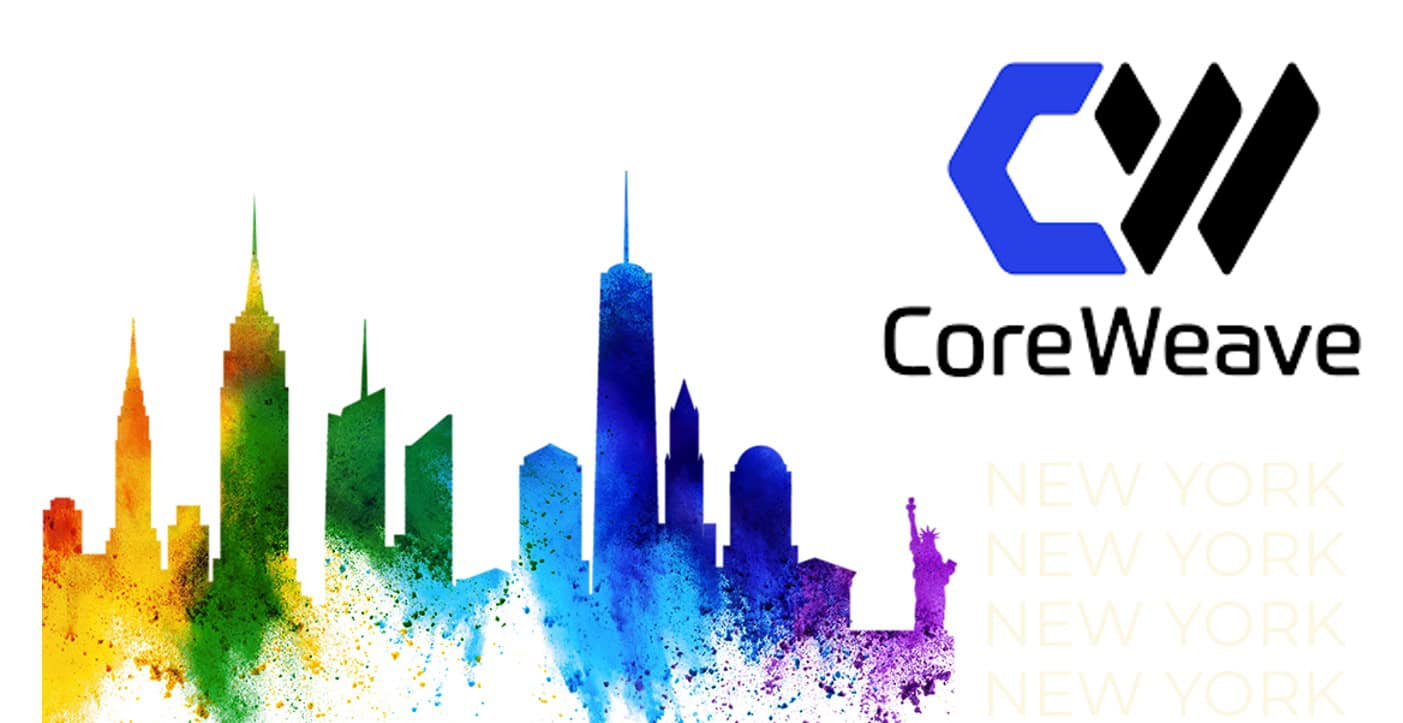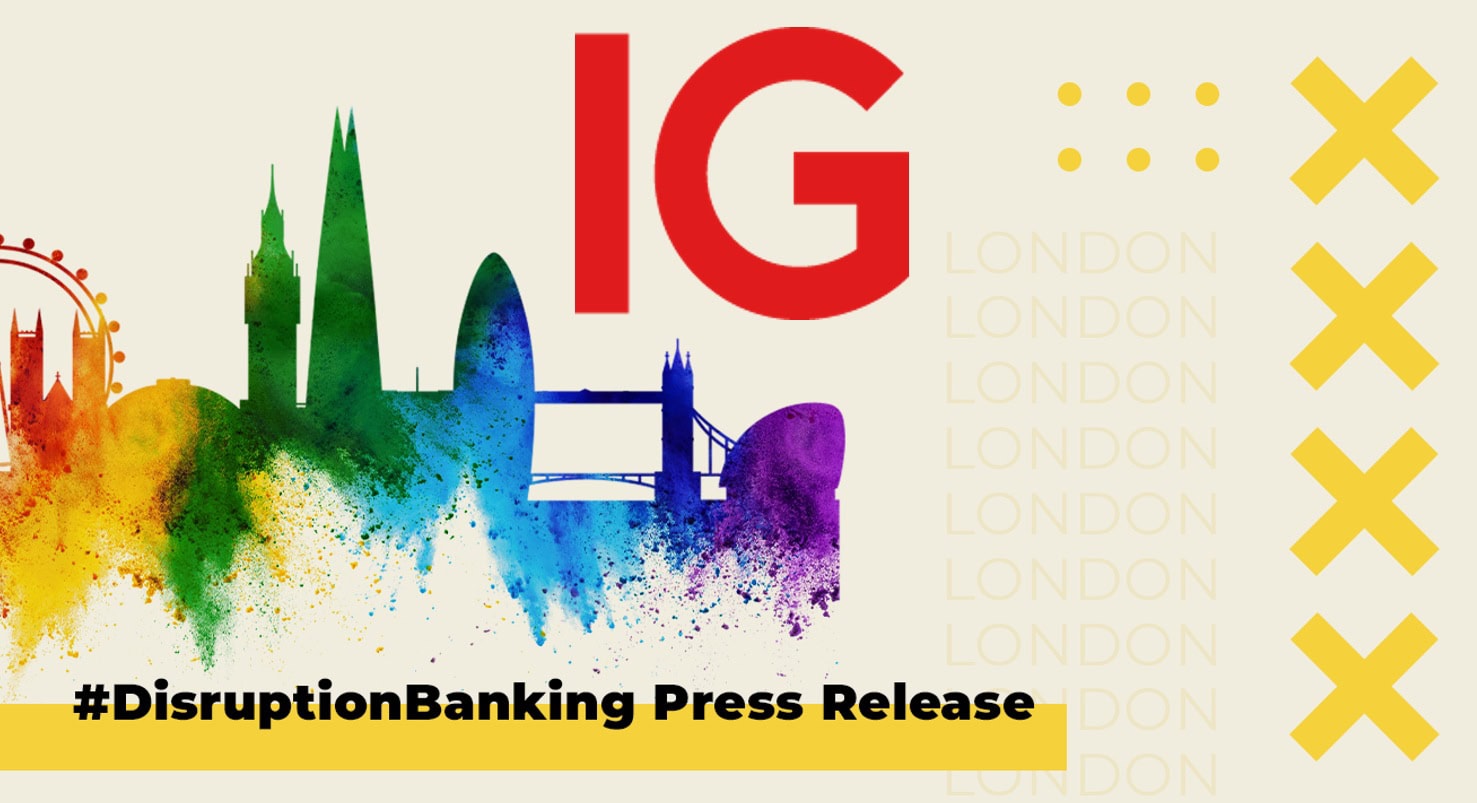Could US banks be facing a quiet crisis? Non-performing loans (NPLs) — loans where payments are overdue for 90 days or more, or where there are concerns about the borrower’s ability to meet repayment obligations — have increased at a steady rate in 2024. According to recent data from CEIC, the average NPL rate across total loans has held at approximately 1.4%, reflecting stability in loan performance despite economic challenges. But beneath that 1.4% lies a possible storm, especially for certain industries that minority-owned businesses dominate, like retail and hospitality. For these businesses, a rise in NPLs could be more than just bad news; it could mean serious trouble.
Minority-owned businesses are not just economic players; they’re anchors in their communities. They create jobs, foster local economies, and contribute to cultural diversity. However, securing loans has long been a challenge. A Federal Reserve study reveals that Black and Hispanic-owned businesses are significantly less likely to be fully approved for credit compared to white-owned businesses with similar profiles. Specifically, Black- and Latino-owned firms received full approval for financing at rates less than half of those for white-owned firms under equivalent credit conditions.
Financial analysts emphasize that funding challenges for minority-owned businesses don’t just affect the businesses themselves. When these companies struggle, the ripple effects can be felt across the community, limiting job opportunities and slowing local economic growth. These businesses are often the first affected during economic downturns, making any increase in NPLs a serious issue for community stability and economic resilience.
On a national level, that “nested loop” — as Danette calls it — has resulted in Black-owned businesses having lower sales, fewer employees, and less power to create wealth that's passed on through generations. 5/ pic.twitter.com/sCvwcGvJyK
— Lydia DePillis (@lydiadepillis) March 4, 2021
Government efforts, like those by the Small Business Administration (SBA) and Minority Business Development Agency (MBDA), aim to bridge these gaps. Since 2020, the U.S. Small Business Administration (SBA) has increased loans to Black-owned businesses by approximately 2.5 times, reflecting a record level of support. In fiscal year 2023, the SBA approved 4,387 loans totaling $1.3 billion for Black-owned businesses, which represents 7.5% of all SBA-approved loans.
MBDA programs helped minority-owned businesses secure over $2.8 billion in funding. While these are notably encouraging strides, experts caution that more needs to be done. Rising NPL rates could place minority-owned businesses under added strain, exacerbating the existing racial wealth gap and risking a possible ripple effect across the economy.
📊 NEW REPORT: Small dollar loans to America's small businesses have DOUBLED since 2020!
— SBA (@SBAgov) October 25, 2024
Download the FY24 Capital Impact Report to learn more: https://t.co/XJ6LFh2WwY pic.twitter.com/rFwMtJ2oY5
The Unique Struggles of Minority-Owned Businesses
Minority-owned businesses, particularly in sectors like retail, hospitality, and services, face a unique set of financial challenges. Unlike larger corporations, most of these businesses lack the cash reserves needed to weather economic downturns. According to the JPMorgan Chase Institute, minority-owned businesses typically hold cash reserves equal to about two weeks (13 days) of expenses, compared to white-owned firms that can cover nearly a month (27 days). This makes them highly vulnerable to economic shifts that disrupt revenue.
Black-owned small businesses often are more vulnerable financially than others, with smaller cash reserves to survive tough times. Here are a few ways to help support them. https://t.co/h0CgWcxjnY
— CNN (@CNN) July 7, 2020
In addition, according to the Federal Reserve analysis, minority-owned businesses face significant credit challenges, with 77% of Black-owned and 66% of Hispanic-owned firms reporting “poor” or “fair” financial conditions, compared to 54% of white-owned businesses. Only 25% of low-risk Latino-owned businesses received full financing approvals, half the rate of white-owned firms. These findings expose structural barriers in credit access, causing minority-owned businesses to rely more on personal funds rather than being inherently “high-risk.”
Loan denial rates are also stark, with nearly 53% of Black-owned firms and 41% of Hispanic-owned businesses being denied financing, compared to 24% of white-owned businesses. Meanwhile, according to a study by JPMorgan Chase, minority-owned businesses in the U.S. have the potential to generate an extra $1.3 trillion each year. This growth could happen if these businesses had the same access to credit and resources as others, as they currently makeup 30% of midsize businesses but only bring in 20% of the revenue.
Dedrick Asante-Muhammad, Chief of Organizing, Policy, and Equity at the National Community Reinvestment Coalition (NCRC), and current President of the Joint Center for Political and Economic Studies, emphasized that when minority-owned businesses struggle to secure financing, it’s more than a missed business opportunity. It results in the the closure of businesses, jobs lost, diminished local investment, and weakened community resilience.
A report estimates that 41% of Black-owned businesses across the US shut down between February and April. About 17% of white businesses shut down during the same period, the study by the Federal Reserve Bank of New York found. https://t.co/icPMHbLlrO
— CNN Business (@CNNBusiness) August 9, 2020
The closures of these businesses can cascade through communities, resulting in empty storefronts, fewer job opportunities, and an overall decline in local economic activity. For banks, this is a social issue as it’s an economic one. Rising defaults could see banks with growing NPLs on their books, a risk factor that affects both their stability and their ability to lend in the future.
Government and Federal Agency Interventions
Federal agencies have increased their support for minority-owned businesses, particularly in the wake of COVID-19, which disproportionately affected these enterprises. Since 2020, the SBA has doubled the number of loans issued to Black-owned businesses. In 2023, the Minority Business Development Agency (MBDA) facilitated over $1.5 billion in capital for minority entrepreneurs and secured an additional $3.8 billion in contracts, providing vital support for thousands of businesses across the U.S. Through these initiatives, MBDA also contributed to generating or retaining over 19,000 jobs, offering essential financial and operational relief to minority-owned enterprises nationwide.
According to analyses by the U.S. Treasury and SBA, while the PPP aimed to reach underserved communities, including minority-heavy areas, studies indicate that the program faced challenges in equitable distribution. Approximately 42% of initial loans were reported in high-minority areas, particularly in the program’s early stages. However, there have been criticisms about the program’s accessibility.
$70 million for minority business development – an increase of $15 million from Fy22. pic.twitter.com/1J1fQcY4Q9
— Rep. Dan Bishop (@RepDanBishop) December 20, 2022
Research from the Brookings Institution and other studies found that minority-owned businesses encountered significant challenges accessing PPP funds, often due to limited banking relationships with major lenders, which prioritized existing clients. Many also faced barriers due to a lack of familiarity with the PPP application process, worsened by communication barriers and systemic lending inequalities.
“The Paycheck Protection Program provided over 8.5 million small businesses and nonprofits the lifeline they needed to survive during a once-in-generation economic crisis,” said SBA Administrator Isabella Casillas Guzman.
Despite these positive steps, studies by the National Bureau of Economic Research (NBER) reveal that while federal programs such as PPP and EIDL provided vital support during the pandemic, they have only partially addressed the funding gap for minority-owned businesses, which continue to face serious barriers in accessing capital. Experts argue that while these federal programs are crucial, minority-owned businesses could face even tougher challenges if economic conditions worsen and NPL rates rise, amplifying the need for sustained and scalable support structures.
New Federal Programs and Long-Term Goals
The Biden-Harris administration’s $75 million Investing in America Small Business Opportunity Program (SBOP), administered under the State Small Business Credit Initiative (SSBCI), is a targeted effort to address financial disparities faced by minority-owned and underserved businesses. The program aims to help these businesses access essential resources and financing, enabling their participation in key sectors like clean energy and advanced manufacturing.
Vice president Kamala Harris has invested $125 million into small minority businesses through the Capital Readiness Program https://t.co/7ZA9vxsOQ2
— 2RawTooReal (@2RawTooReal) November 12, 2023
According to Vice President Kamala Harris, “This funding from the SBOP will build on this momentum by allowing tens of thousands of entrepreneurs from historically underserved communities to access the technical assistance they need in order to hire more employees, grow their businesses, and advance innovation.”
The Biden-Harris administration has also set a federal contract spending goal of 13% for small disadvantaged businesses (SDBs) for FY 2024, with a target to increase this to 15% by FY 2025. This initiative aims to drive an additional $100 billion to SDBs over five years, supporting underserved communities and fostering equity in federal contracting opportunities.
As @VP announced, @SBAgov financed a record $56 billion and 100k+ deals for small businesses in 2024—the most in more than 15 years.
— Dilawar Syed (@SBADeputyAdm) October 25, 2024
And, we're not slowing down. The work continues to democratize access to capital and expand opportunity for all.https://t.co/0P8b8UdMHZ
Government policy expert Lisa Tran comments, “These contracts provide minority-owned businesses with stable income streams, which is especially valuable during economic uncertainty. They represent more than financial opportunities; they are commitments to building an inclusive economy.”
However, studies from the Urban Institute show that while these federal programs offer hope, there are gaps in implementation. For example, businesses in rural or underserved areas often struggle to access these programs due to lack of outreach. As NPL rates climb, even the best programs might find it challenging to keep pace, raising questions about whether these initiatives will be enough to weather economic storms.
More Rise in NPL Rates May Tighten Access to Credit
Bottom line, there’s growing concern over what could happen if NPL rates rise further. Federal Reserve studies suggest that rising non-performing loans (NPLs) generally tighten credit conditions, which disproportionately affects small and minority-owned businesses. Minority-owned firms, particularly in low- and moderate-income areas and high-cost states, often face more restrictive credit terms, further limiting their access to essential financing. These firms, facing higher operational costs and limited financing alternatives, are particularly vulnerable to shifts in credit availability. These states face some of the highest costs of operation in the country, which strains businesses already struggling to keep up with loan repayments.
JPMorgan Chase & Co. chief executive Jamie Dimon criticised US regulators over recent proposals for new capital rules, warning they risked making bank stocks uninvestable and would result in borrowers having to pay more for loans. #bankinghttps://t.co/xcpeR84l5j
— #DisruptionBanking (@DisruptionBank) September 12, 2023
Janet Lewis, a banking policy expert with the American Bankers Association, notes, “If NPL rates rise, banks typically respond by tightening lending criteria. This doesn’t just impact high-risk borrowers; it creates a lending squeeze across the board.”
A recent trend observed across financial analyses, including those from Europa’s Analytics, indicates that in periods of rising non-performing loans, banks often reduce their lending capacity, which can affect both struggling and stable businesses.
Economist John Keller warns, “When these businesses close, entire communities feel the impact — from job losses to fewer resources for local development. The cost of inaction is simply too high.”
Non-performing loans might look like mere figures on a bank’s balance sheet, but they reveal deeper issues — like economic stability, financial equity, and systemic challenges faced by minority-owned businesses. Though the 1.4% NPL rate in 2024 may seem manageable, the risks hidden beneath the surface could have long-lasting impacts, especially in sectors dominated by minority-owned businesses.
US companies have been able to reprice almost $400bn of #debt at lower interest rates this year due to booming investor appetite for junk loans, in an easing of financing conditions for corporate America.https://t.co/Hh7R1m28ok
— #DisruptionBanking (@DisruptionBank) June 26, 2024
The federal government’s initiatives, such as expanded SBA loan programs and the Investing in America program, are clear commitments to supporting minority-owned businesses. Yet, as the economic landscape shifts, so too must the support structures for these businesses. As financial pressures mount, it’s up to banks, policymakers, and community lenders to adjust their approaches to meet new challenges. If they succeed, the U.S. could see a more balanced and resilient economic environment.
Albeit, if these support systems falter, we might just be watching the fuse burn on a financial “time bomb” — one that, if detonated, could reverse years of progress in minority business equity. At its core, this isn’t just about protecting banks from defaults, but equally about ensuring that minority-owned businesses — the lifeblood of many communities — have the support needed to survive, adapt, and thrive, regardless of the economic shifts.
Author: Richardson Chinonyerem
#NPLs #Banking #Borrowing #Capital #FederalReserve















